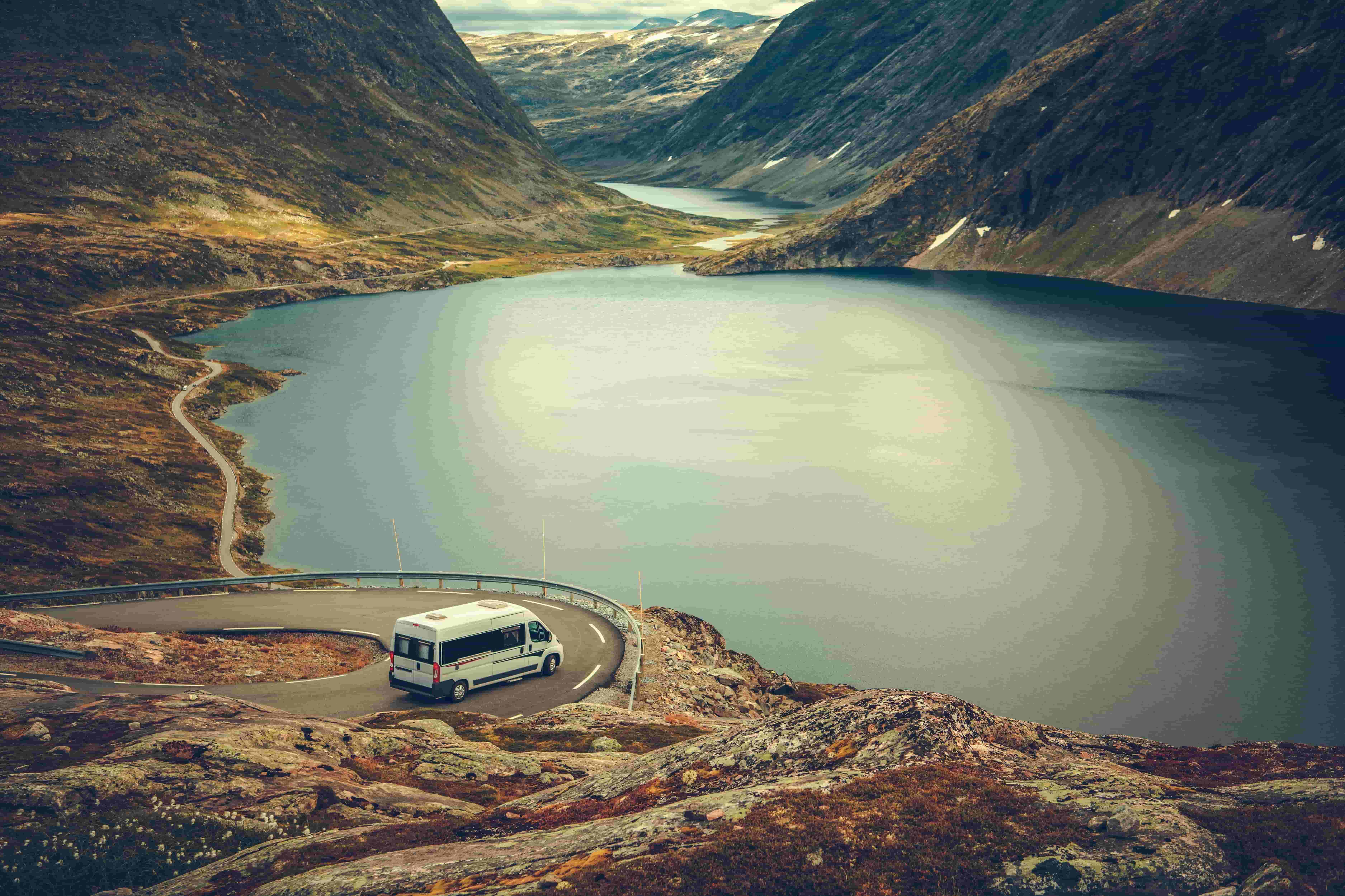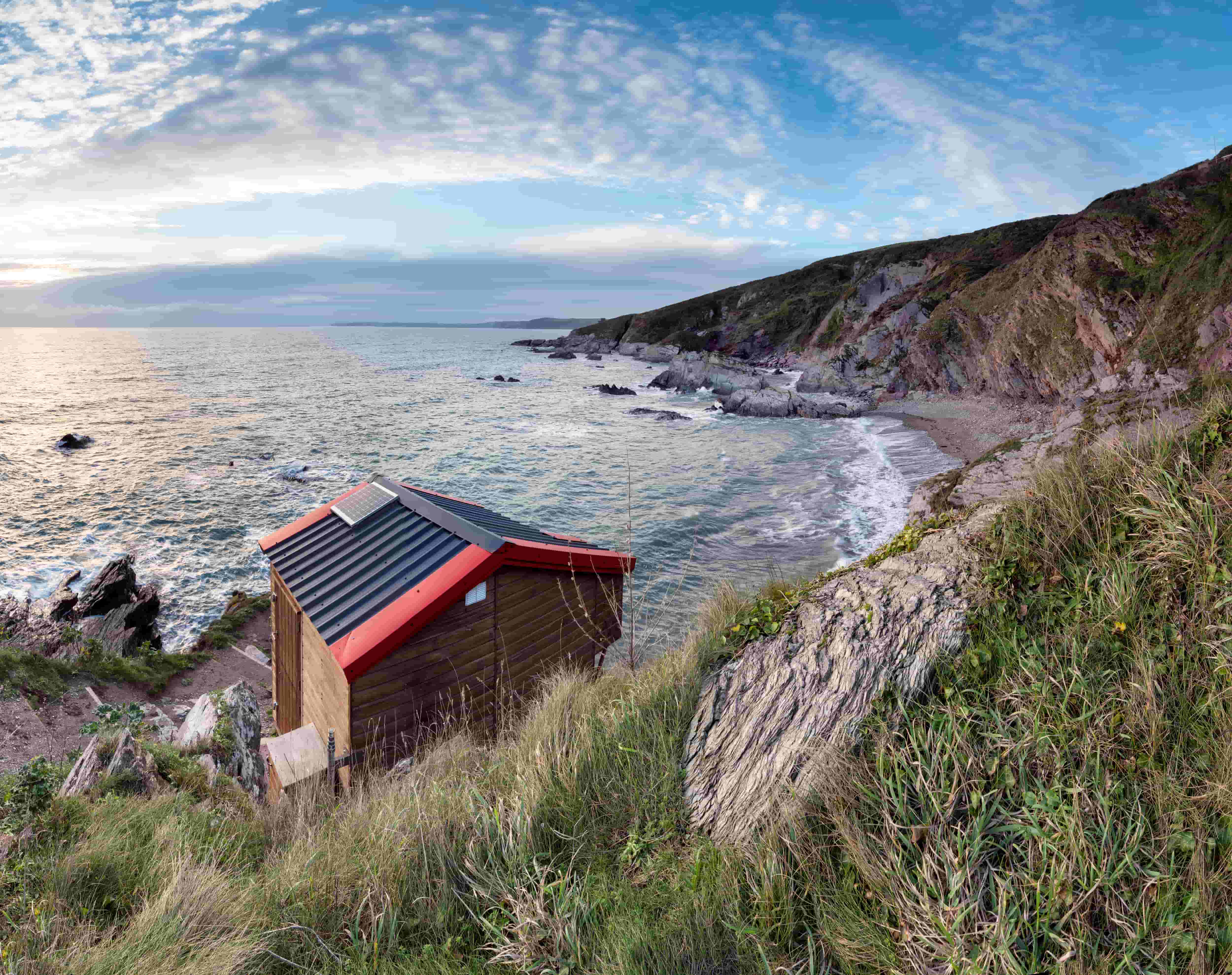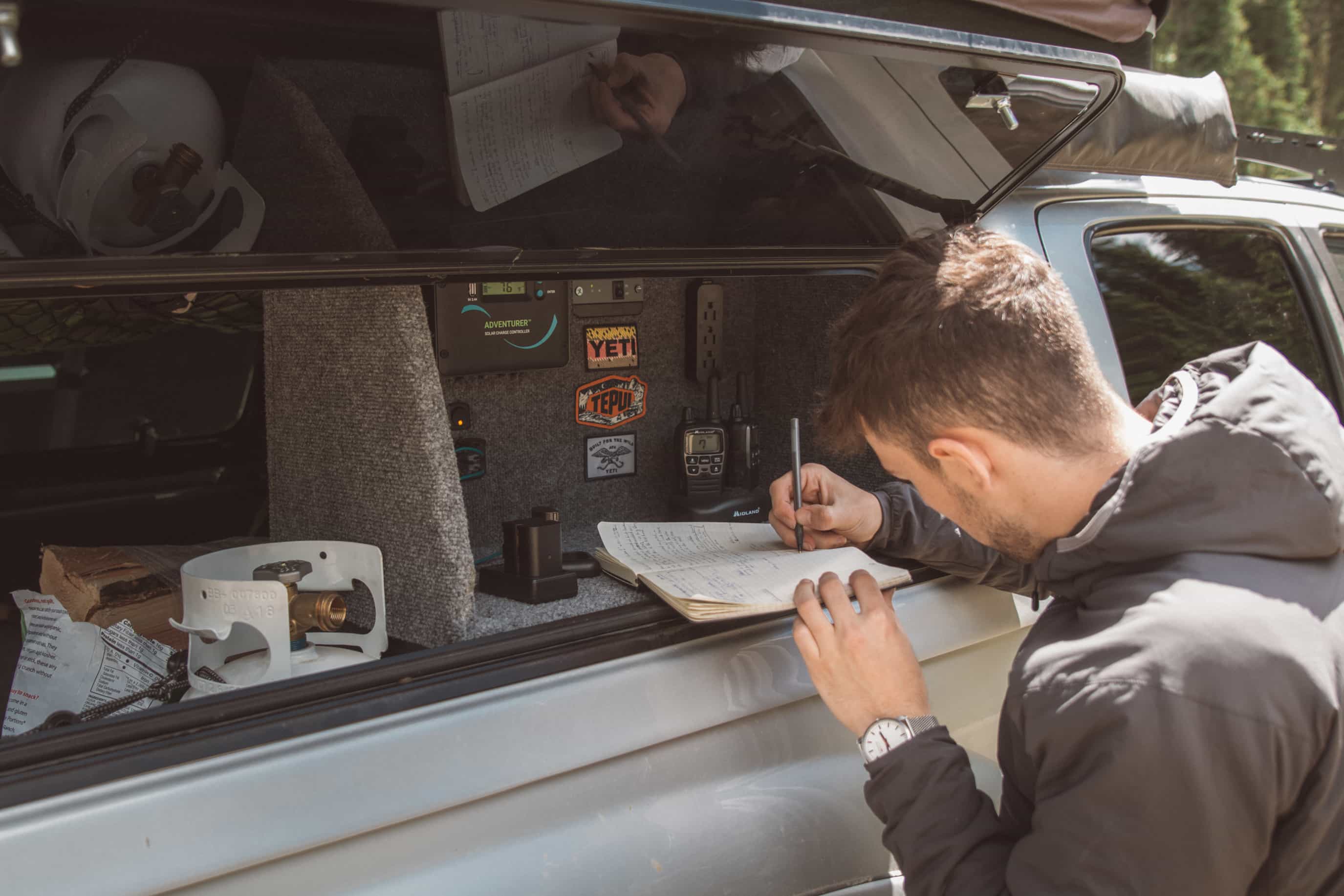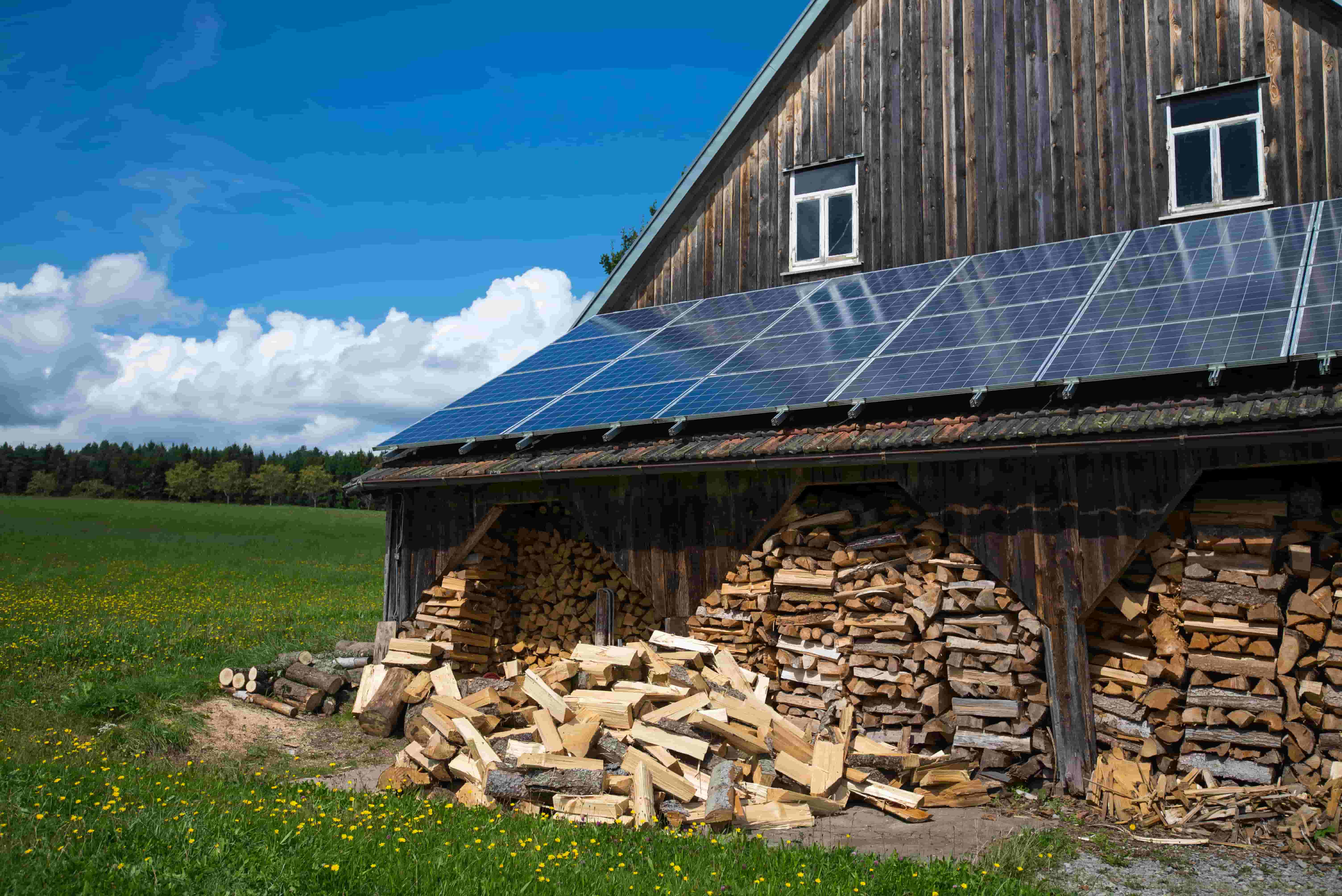Getting Started with DIY Solar Power
Is DIY solar power system worth it?
Should I install a solar project on my own?
As solar becomes increasingly popular amongst homeowners and travelers, many often wonder if they can go the DIY route and build a solar panel system on their own. There’s a lot that goes into a solar installations, from sorting through technology options to handling permitting, but for many people, DIY is a great route to go . Thanks to a growing number of solar panel kits that provide nearly all the essentials to get started, going solar on your own has never been easier. But it’s not for everyone. Let’s help you decide if you should take going solar into your own hands.
Is DIY Solar for me?

I’m interested in going off grid.
DIY solar is ideal for those looking to go off-grid. Off-grid solar systems, or stand-alone power systems, produce enough energy through the usage of solar panels and battery storage without having to tap into the electric grid. This makes it easier on your end since you don’t have to worry about working with utility and making that connection into the grid.
I live in an RV, van, or cabin.
DIY solar is perfect for small scale projects and those living in small cottages, cabins, vans, or RV’s. Setting up a solar system on the roof of a van on your own is a lot easier than planning a system on your own for a 2,000 square foot home.
I have the time and energy to dedicate toward learning about solar.
Although installing solar on your own has never been easier, there’s still a lot of technical requirements to consider. For example, how comfortable are you working with your home’s electricity? However, if you’re a hands-on learner or are handy around the home, installing solar on your home may not be as hard as you think.
Pros/Cons of DIY Solar

Pros:
DIY solar is an ideal solution for those wanting to go off-grid.
Installing solar is much easier when you’re working with a self-contained system that’s not connected to the grid. If you live in a remote area without reliable and affordable access to the grid, off-grid DIY solar can be a great way to meet your energy needs.
You’ll save money you would’ve spent on installation costs
If you’re doing much of the work yourself, you could be saving thousands on installation costs. On simple and straightforward solar installations, doing it yourself actually isn’t as scary as you might think, thanks to a score of DIY kits available.
DIY solar kits include almost everything you need to get started.
Renogy has a range of different solar kits for people living a variety of lifestyles, from those needing small 100 watt set-ups to power small appliances and electronics in their vans to those installing a larger 4,500 Watt system on their off-grid cabin.
Cons:
Installing solar is complicated and requires training and expertise
If you decide you want to do the installation yourself (either the whole thing or just part of it), take the time to do some research and gather as much information as you can confidently tackle your solar project. Working with a licensed contractor on all or some of it can ensure the solar installation process goes smoothly and the system itself is designed to last.
You have to handle permitting on your own.
One of the main benefits of working with an installer is they’re well-versed in your city’s rules, regulations, and permitting processes. Navigating that bureaucratic red tape on your own can often be more trouble than it’s worth in the end. Additionally if you are going to be connected to the grid, most utilities require the system to be installed by a certified professional, so make sure to check those policies.
You may not be eligible for rebates or incentives.
Many of the residential solar rebates and
incentives are only valid if your project has been installed by a professional.
You can essentially lose out on thousands of dollars in savings by going the
DIY route. This means that the money you may be saving by not paying for an
installer would be spent on your system. Think of it like paying for an
accountant to file your income taxes. Sure it’s cheaper to do on your own, but
you may miss some big tax write-offs.

Key Components of a Solar Installation
Regardless of if you’re using a DIY solar kit or getting a system put in by an installer, there are some key components to all solar installations. Photovoltaic solar panels, which are made up of many solar cells made of silicon, create an electric current when sunlight hits the panels, they create an electric current. The current collected by solar panels feeds into a charge controller, which controls how much current goes to the battery. Charge controllers prevent batteries from being overcharged. They also have the ability to shut down a system if the energy stored dips below 50%. Batteries store and produce DC power. In order to use AC appliances, such as microwaves, laptops, and phone chargers, an inverter is used to change the power from DC into AC power.
In a home, solar panels are connected to a grid inverter, which is then connected to the existing electrical network in your house. In an RV, van, or boat, you can choose from a range of different inverters based on your specific energy needs. Most DIY solar panel kits will include solar panels, charge controllers, cables, and mounting hardware, meaning you still need to buy an inverter and batteries.
Solar Panels (Collection)
In many solar panel kits, there are a few different solar panel options available to choose from. Panels can be flexible and rigid, as well as monocrystalline or polycrystalline. Polycrystalline panels are less efficient than monocrystalline panels, but are also cheaper. Monocrystalline panels are more space-efficient. Additionally, flexible solar panels weigh less than the rigid solar panels and can be installed directly on the roof of your RV, in contrast to rigid solar panels which stick up above your roof somewhat and can be trickier to play between other components on your roof, such as antennas and AC units. Rigid panels, which are more durable, can also be mounted to tilt, which makes their solar energy collection more efficient and makes it so you don’t have to worry about navigating around them.
Monitoring (Charge Controller)
Charge controllers sit between the energy source and storage and prevents overcharging of batteries by limiting the amount and rate of charge to your batteries. They also prevent battery drainage by shutting down the system if stored power falls below 50 percent capacity.
Batteries (Storage)
You’ll also need a way to store all the power you’re generating with your solar panels. This is where batteries come into play. There’s a range of deep cycle battery options, such as lead acid, absorbed glass matt, and lithium ion batteries.
Inverters (Usage)
Inverters turn DC power produced from your solar panels and stored in your battery into AC power. An inverter is necessary to power the common appliances found in your home or RV, from TV’s to microwaves.
DIY Solar Process

1. Evaluate your energy needs
You’ll first need to size your system based on your energy needs.
The Renogy solar panel calculator is a great tool that makes it a quick and easy process to help determine your specific needs. The solar sizing calculator allows you to input information about your lifestyle to help you decide on your solar panel requirements. You’ll just need to know what total watts your electronics will consume, how long you plan on running the devices, your charge controller efficiency, and average sun hours per day. The solar panel calculator will then be able to tell you the minimum and recommended system size, as well as the recommended battery output.
Having an accurate understanding of your energy needs will give you a better idea of the costs and ensure you don’t under- or over-build a system.
You’ll also want to do some planning around your roof and how you will mount your panels at this stage to determine where your panels should be mounted for maximum sunlight and efficiency. Is your roof near the end of its life? If so, it might be time to consider getting a new roof before installing panels on it. We’d recommend hiring a professional to evaluate your roof if you’re not sure it can withstand a solar installation.
2. Off-grid vs. On-grid
Do you need to go off-grid? Not necessarily, but it’s a lot easier for DIY projects.
Benefits of off-grid solar systems include access to power during a blackout, a lower carbon footprint, and the end of monthly utility bills. For those living in a tiny home, RV, cabin, boat, or isolated area or are in an area where they don’t have reliable, steady access to power from the grid, off-grid solar can be a great solution.
That being said, being on-grid and generating energy from a variety of different sources is a great approach to ensure you have steady access to electricity and can take advantage of the economic benefits of solar, while also avoiding the need to install an unnecessarily large and expensive system. When you’re on-grid, solar energy will be one of a few different energy sources, which could include tapping into the traditional electrical grid if you’re at home or using shore power or a traditional gas powered generator in an RV. All of these sources will feed energy into your home or batteries in your RV, van, or boat.
Keep in mind that if you’re installing solar on your home and will be connected to the utility, many utilities and jurisdiction require that solar be installed by a certified installer.
3. Shop for a DIY solar panel kit
Solar panel kits make it easy to ensure that you have all the parts you need and that they will safely and efficiently work together. Renogy has a range of different solar panel kits for those interested in installing solar on their own.
Starter Solar Kits are designed for beginners in mind and are available with easy to handle, small solar panels rated for systems between 50 and 400 watts.
Premium Solar Kits include 100W Eclipse solar panels for systems between 100 and 800 watts.
RV/Van Solar Kits are the perfect addition to any RV, motorhome, or mobile application. 100 to 400 watts systems are available, and they also have folding suitcase and flexible solar panel options.
Cabin and Shed Solar Kits are designed for autonomous use away from the grid. These off-grid kits come with everything to power up a cabin, tiny home, or other small scale building. They come in sizes ranging from 1000 watt to 4500 watts.
4. Select Your Batteries
If you’re going off-grid or want to have energy storage in your system, you’ll need to research to decide what battery is best for you. Lead acid batteries are the most inexpensive option and are available at most big-box and auto stores. Absorbed glass matt batteries store 10 to 15 percent more energy than lead acid batteries and charge up to four times faster. Lithium ion batteries are the most expensive options, but also last four times longer than lead-acid batteries and weigh much less. They also require very limited maintenance.
The amount of battery storage you need is based on your energy usage, so refer to your results from the Renogy solar panel calculator. To give you an idea, a battery capacity of 4 to 8 kWh is usually sufficient for an average four-person home.
5. Permitting and Installation
If you’re installing panels on a cottage, cabin, or home, do your research to see what building codes say and what permitting is required. Every jurisdiction is different. Check with your state energy office, local officials, or a local renewable energy organization to see what requirements exist to make sure you adhere to specific rules, regulations and building codes.
Once all your necessary paperwork is in place (if applicable to you), then it’s time for the actual installation. Renogy’s DIY kits include specifications about how to install the technology, but it never hurts to consult with a professional to ensure the job is done right.
What’s the Verdict?

Going solar isn’t as scary or as difficult as it once was thanks to a score of DIY kits available in the marketplace.
If you are interested in going off-grid or living a mobile lifestyle in a van or RV, and have the time and energy to dedicate toward a solar project, DIY solar can be a great way to meet your energy needs and save money.
See other related articles at Renogy:
Solar Panels Maintenance Best Practices And Costs
A Guide to Installing Solar Panels On Van Or RV
Solar Panels 101: A Beginner's Guide
The Ultimate Guide To DIY Off-Grid Solar Systems
Do solar panels increase home value
How efficient are solar panels
How Many Solar Panels Do I Need










